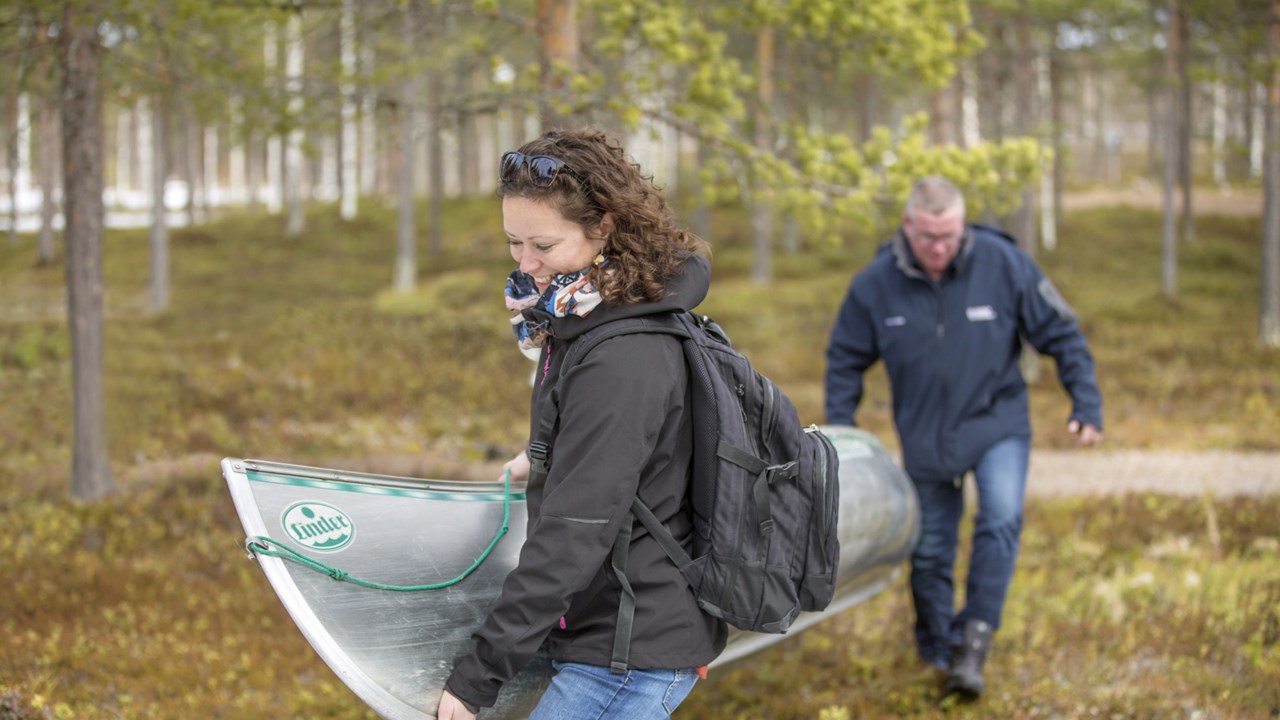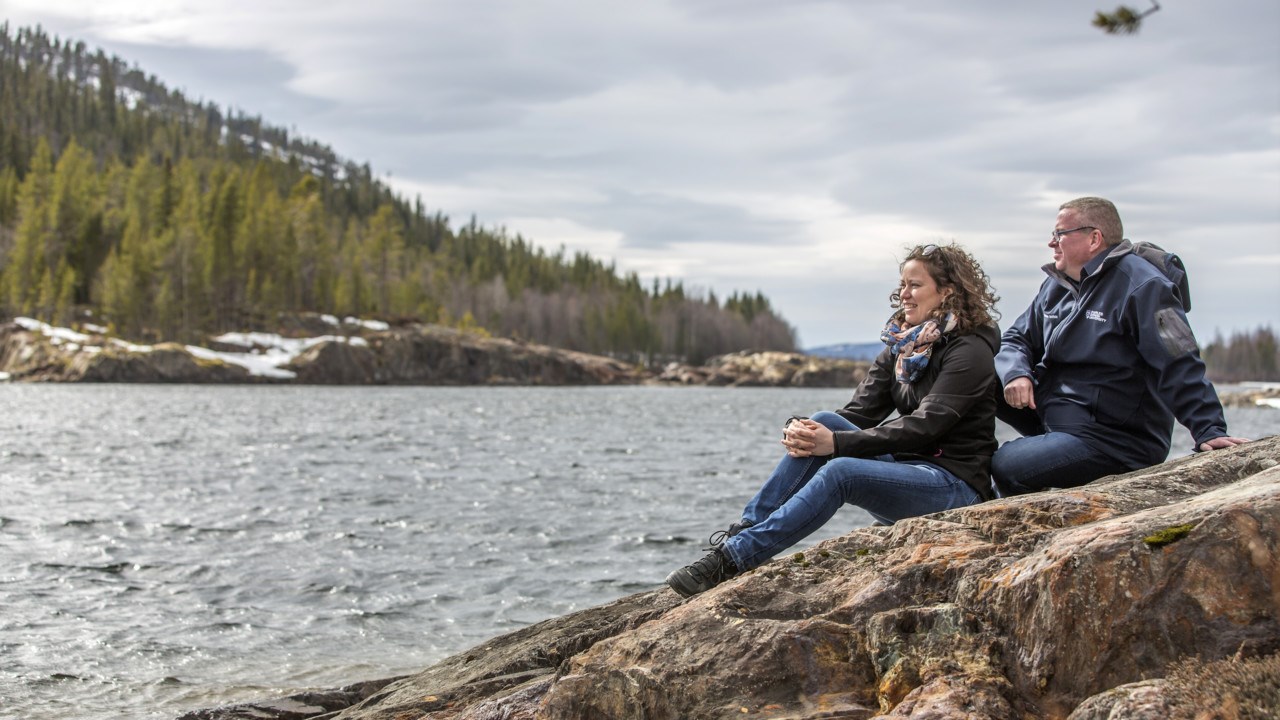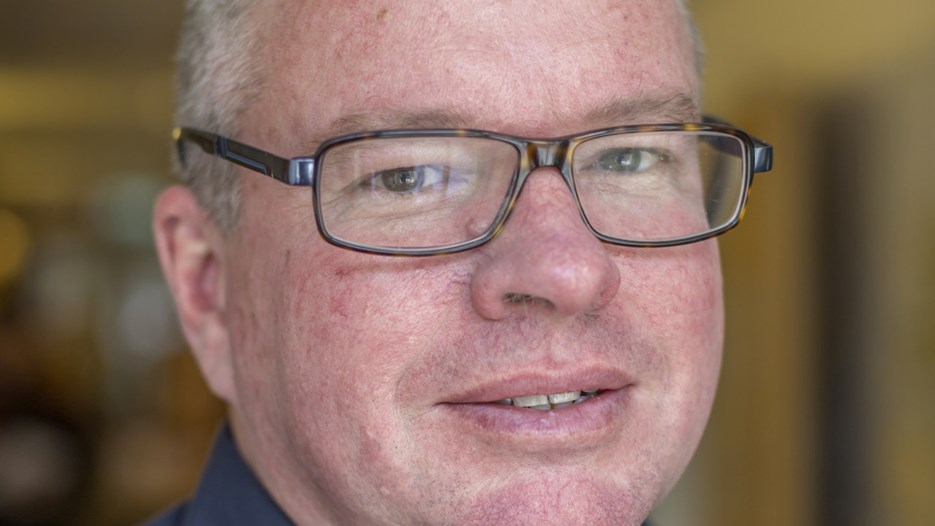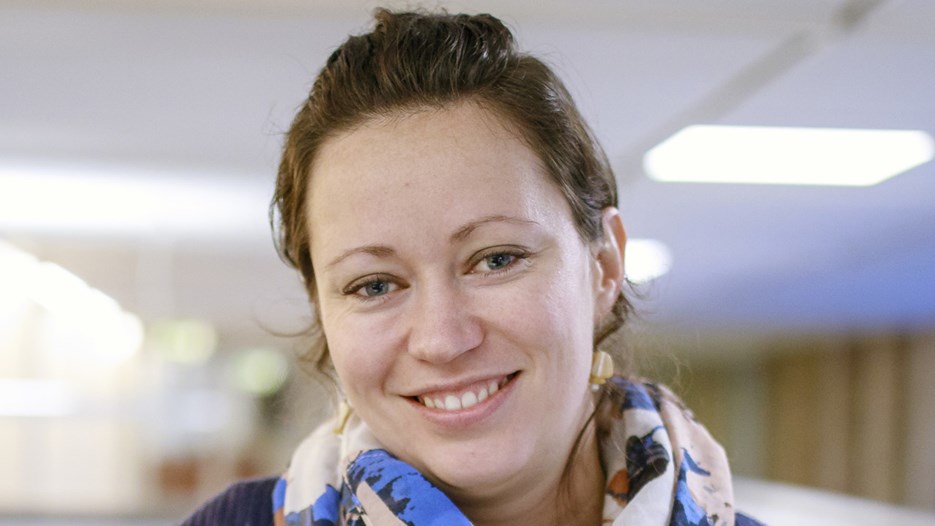Dean Carson
Age: 47 years.
Background: Grew up in Australia.
Does: Professor at Charles Darwin University, Australia. Presently based at the Sweden Centre for Rural Medicine in Storuman and visiting professor at the Arctic Research Centre at Umeå University.
Research: Has studied demographic factors and population mobilities in northern peripheries for two decades.
Interests: Fishing, canoeing, hiking, golf, basketball, darts, Australian rules football, and playing the guitar.
Reads: Detective novels.
Photo: Johan Gunséus





